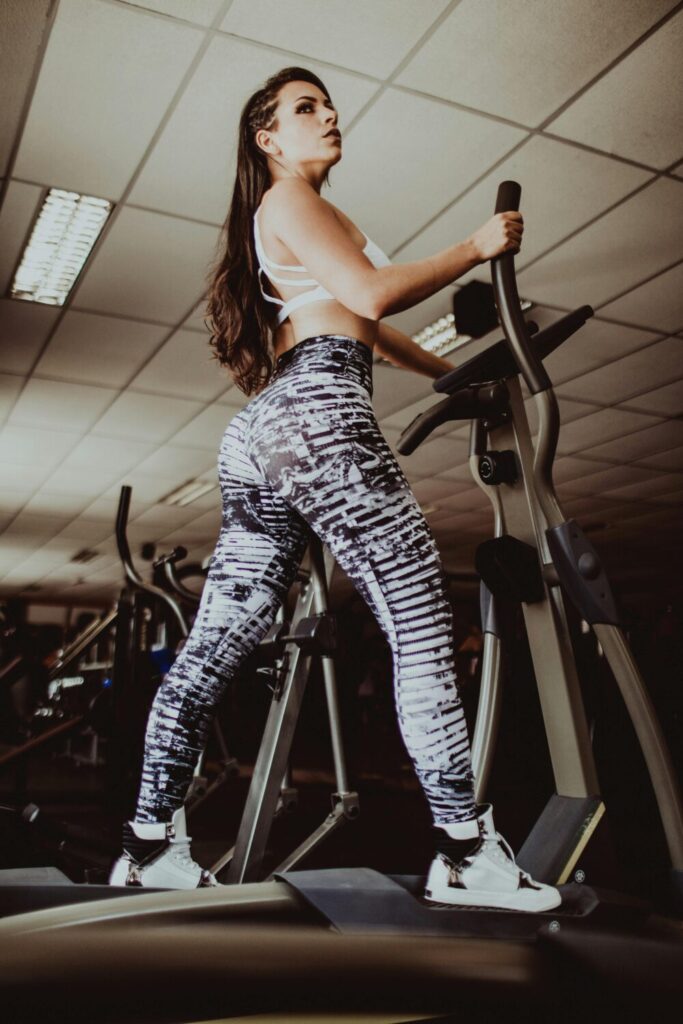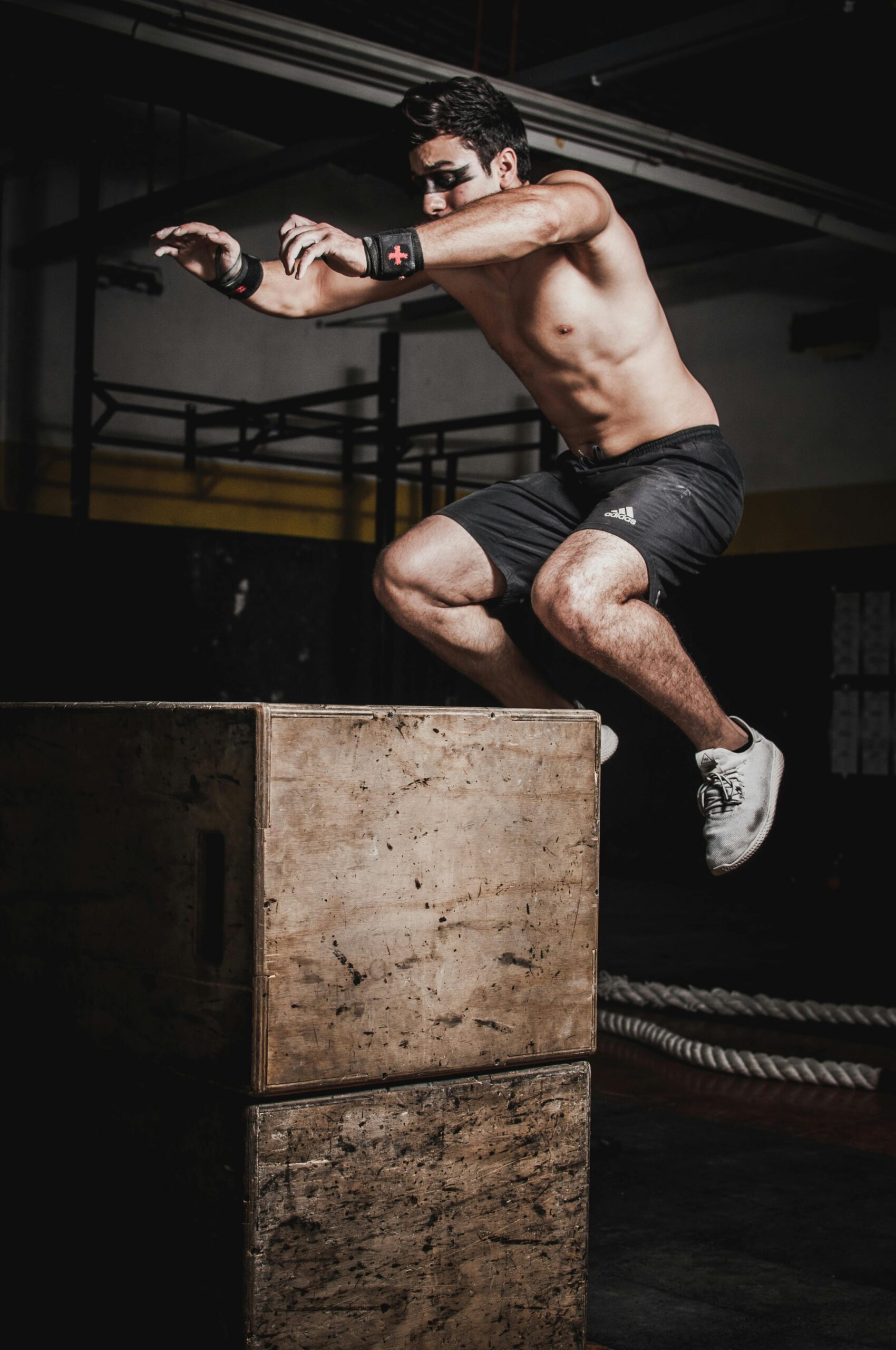Do You Have a Big Butt or Is It an Illusion?
Wow, That girl has a huge behind (or that guy to be equal)! Your eyes may be deceiving you. Big butts, do lie. Lower back pain, tight hips, tight hamstrings are all signs of it. The issue may be your posture. An imbalance usually shown by the hips where your pelvis tilts down in the front and tilts up in the back.That tilting movement forces the lower back to arch, in turn you have a case of an anterior pelvic tilt.

What are Anterior Pelvic Tilt Muscle Imbalances?
As you can see from the picture the butt is sticking out, the lower back arches, the hamstrings pull up, hip flexors pull down, and the abdomen sticks out. This is a body full of muscular imbalances.
What are Anterior Pelvic Tilt Compensation Patterns?
Working out with these muscle imbalances causes compensation patterns, potential pain and tightness. The back arching causes overactivity of the low back muscles which in turn under-activates the abdominals. Which means your core isn’t working! The front of the hips pulling down over-activates the hip flexor muscles which causes the butt to stick out and under-activate the glutes and hamstrings. Here are a couple examples of anterior pelvic tilt during popular exercises.
Pain and Tightness Caused by an Anterior Pelvic Tilt
Working out while your hips are stuck in an anterior pelvic tilt may cause you pain, tightness, or you may not feel any issues. It’s like a piano hanging over the room by a string, it may stay up there for a bit but it will eventually snap. When it does, you will feel the consequences. Attack it now before a real injury occurs.
Does All Tightness and Pain Mean the Same Thing?
Nope! Tightness or pain in the back or hips is usually from the muscle being over active and in a shortened position. The hamstrings are a different story, refer back to the picture above and you can see the hamstrings are actually under active and lengthened. The Hamstrings are a long and especially in a anterior pelvic tilt case, overactive muscle group.
Don’t Stretch your Hamstrings!
If you have “tight” hamstrings even though you stretch them, keep in mind, the hamstrings are actually already lengthened to their max leading to that feeling of “tightness”. Stretching them further won’t be beneficial and can actually make your compensation pattern worse. If you want to stretch them do it dynamically.
How to Combat Anterior Pelvic Tilt
The best method we have found is a combination of release, mobilize, stretch, activate, and integrate. This involves releasing and static stretching of the overactive muscles (hip flexors and lower back), the hamstrings you would still release but dynamically stretch. The dynamic stretch will limit over lengthening. Mobilize the hip joint. Activate the under-active muscles (glutes and abdominals). Then integration of all of these muscles properly into your exercise routine and/or sport.
If you are a performer, athlete or simply looking to get rid of some pain. Assess yourself. If, when standing, your hips are not in neutral position but tilting up instead, then, congratulations, you have an anterior pelvic tilt! We have some work to do!
Check back for the video solution to an anterior pelvic tilt.
Fitness Specialist
NSCA-CPT, ACE-CPT
Suggested Article:
http://taadmin.wpengine.com/3-reasons-to-train-movement
Take action… Now!
Training Aspects Personal Training and Sports Performance:
Visit us:
Inside of the Flyers Training Center
601 Laurel Oak Rd.
Voorhees, NJ 08043
View Larger Map
Training Aspects’ personal trainers and sports performance coaches want you to accomplish your goals. You, as the personal training client, are a reflection of our personal training and group training methods! We are here to help you accomplish all of your personal training goals! Our main training focus are people looking to increase performance, lose weight , lose body fat and increase lean muscle. Whether you live in Cherry Hill, Haddonfield,Marlton, or any of the other surrounding areas we are here to help you Move, Look and feel as you’ve always desired…



